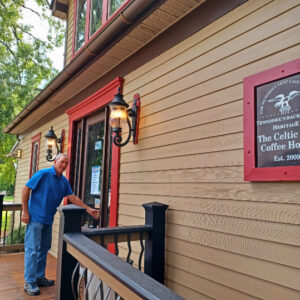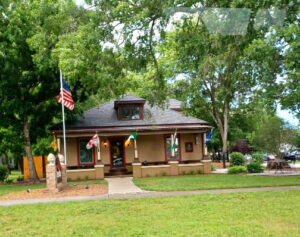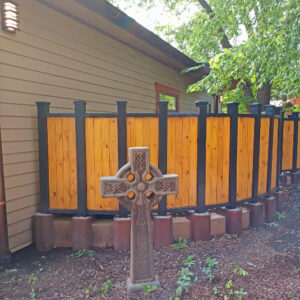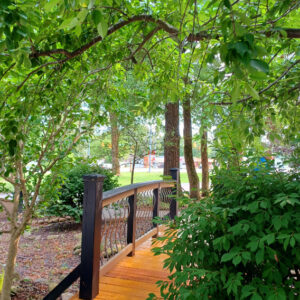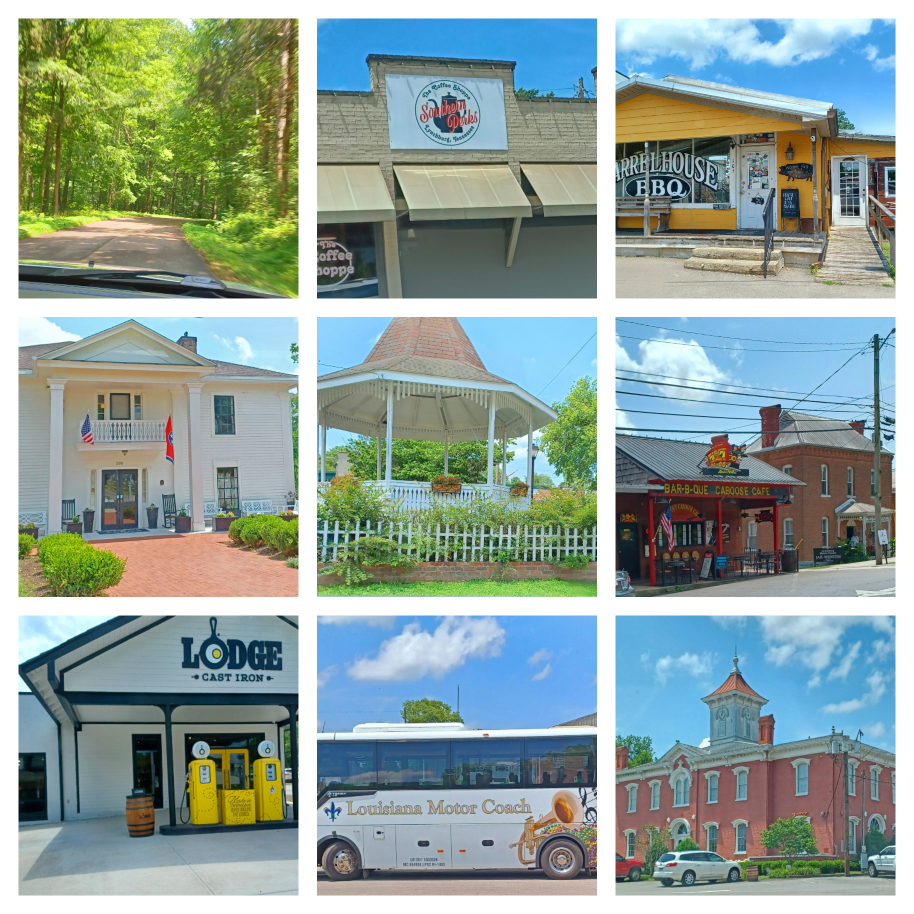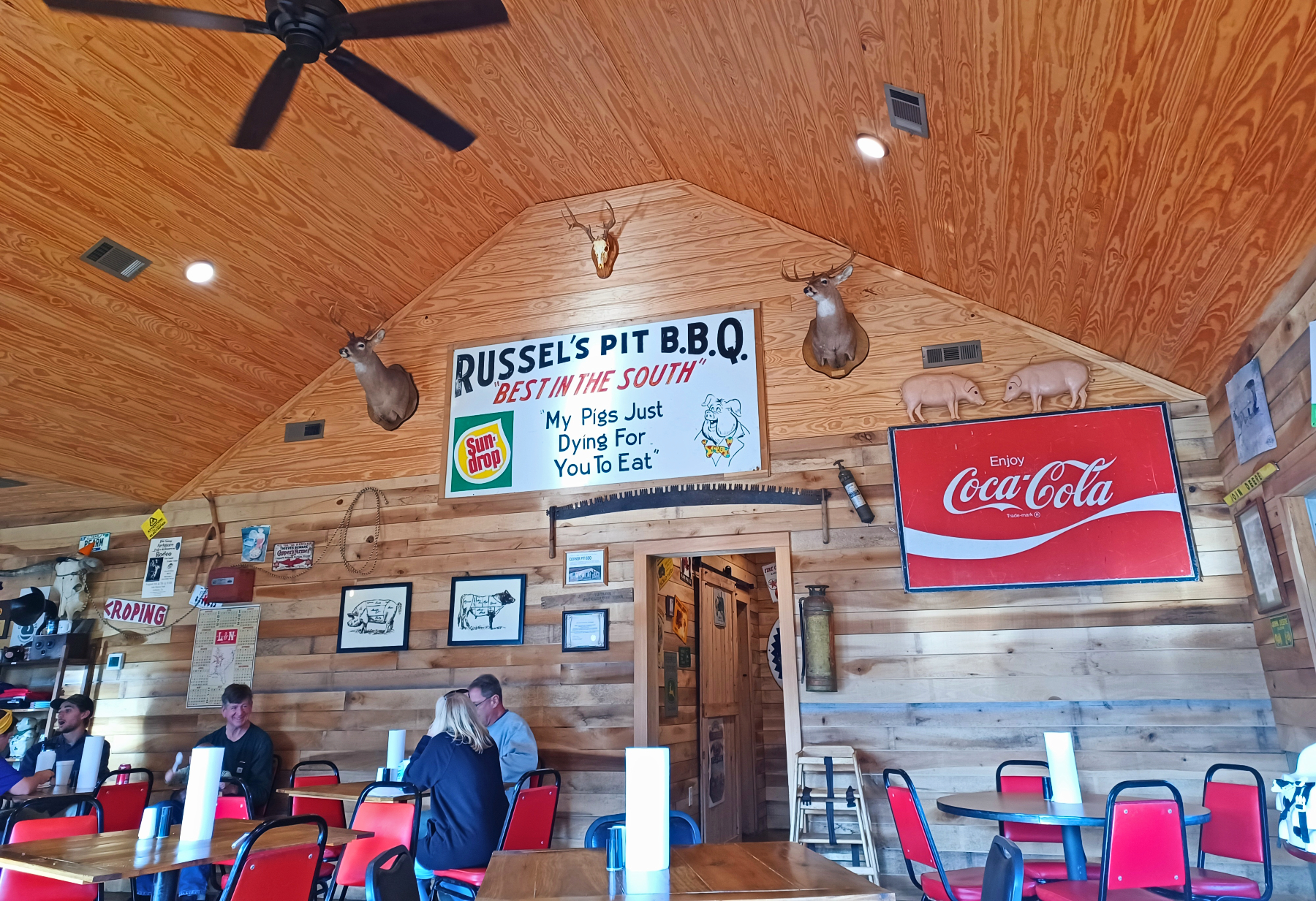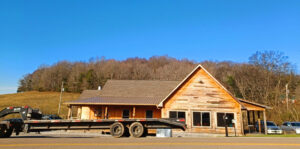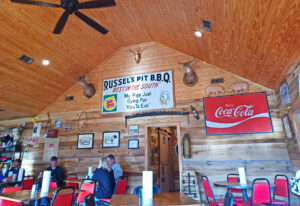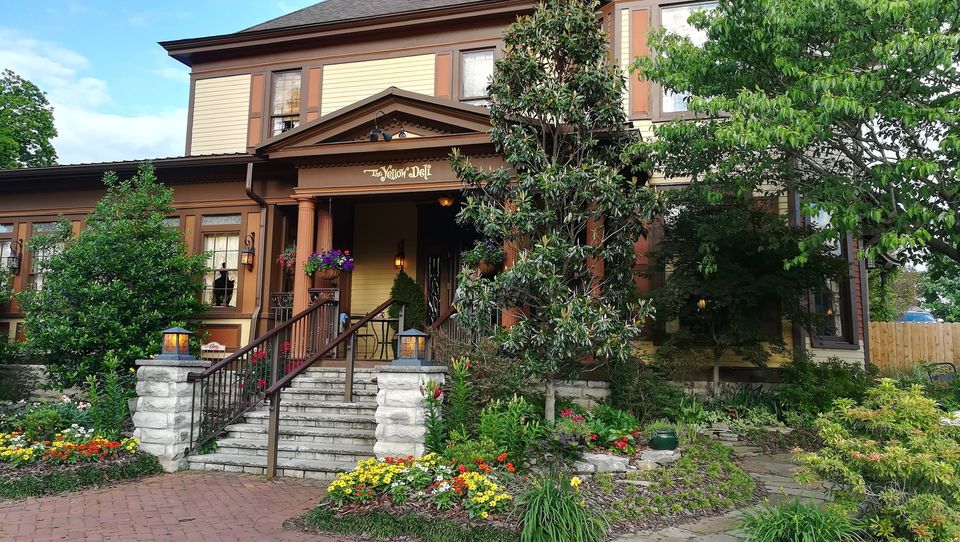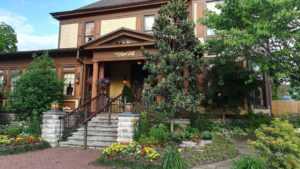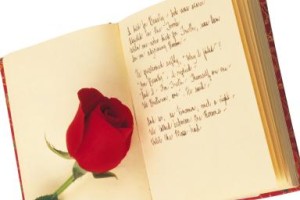One can cover many miles and cross many county lines, all while soaking up the serenity of “the backroads.”
The winding curves, ridges, dips, coves, and hollows are all minutes away from some quaint little town with a rich and interesting history.
Lynchburg was our first stop. (1801)
The home to Jack Daniels Whiskey. A long and winding history that has survived the test of time.(1866) The first registered distillery within the US.
(for many years now, owned by the Brown and Forman group.)
I have, for many years admired the way it was preserved, and on the face of it, most won’t notice until it’s too late, but change is happening and it isn’t pretty.
But for now, go, soak up the charm, and if you are hungry, look around, choices are plentiful. It’s all as good as the next one. You can’t make a bad choice!
We opted for Southern Perks, one of 2 best coffee choices around and too many great foods to list. (not your average coffee shop!) Five stars+!
Miss Mary BoBo’s, began in 1908 when Miss Mary assumed ownership of the historic Salmon Hotel.(built in the 1820s) It was built over a natural spring.
Miss Mary ran the boarding house until her death in 1983.One month shy of her 102nd birthday!
It sits on the National Register of Historic Places and was visited by First Lady Eleanor Roosevelt in 1940.
Lodge Cast iron cookware is Headquartered in South Pittsburg, TN, just a few curves and ridges away…happy to have them in Lynchburg also. (my favorite)
Always a surprise as to who one will run into in Lynchburg…this trip it was LSU fans and other Louisiana wanderers ! (nice tour bus)
The courthouse…love old courthouses! The craftsmanship is beyond words.
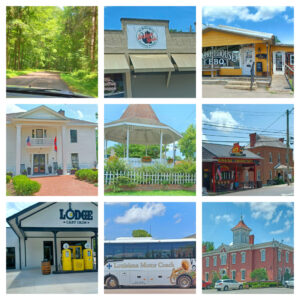
On to the next stop, Tullahoma, TN., quaint with a commercial face that often overrides the treasure of uniqueness. ( chartered in 1852)
A major military history-worthy of the read.
Here you can find Aldi, Ollies, the best of medical resources (for what it’s worth) Arnold AF Base and…The Celtic Cup…(a jewel among the stones of Coffee Houses!)
The Celtic Cup Coffee House (youtube.com)
By this time I was tired and happy to take my celtic Cup and let the man behind Sage Hill Gardens do the driving!
(he thinks he is a better driver, depends on who you ask! Well, he did train under a badge, so maybe??? )
Life is good, generous, and worthy of the road time! ( no matter who drives!)
